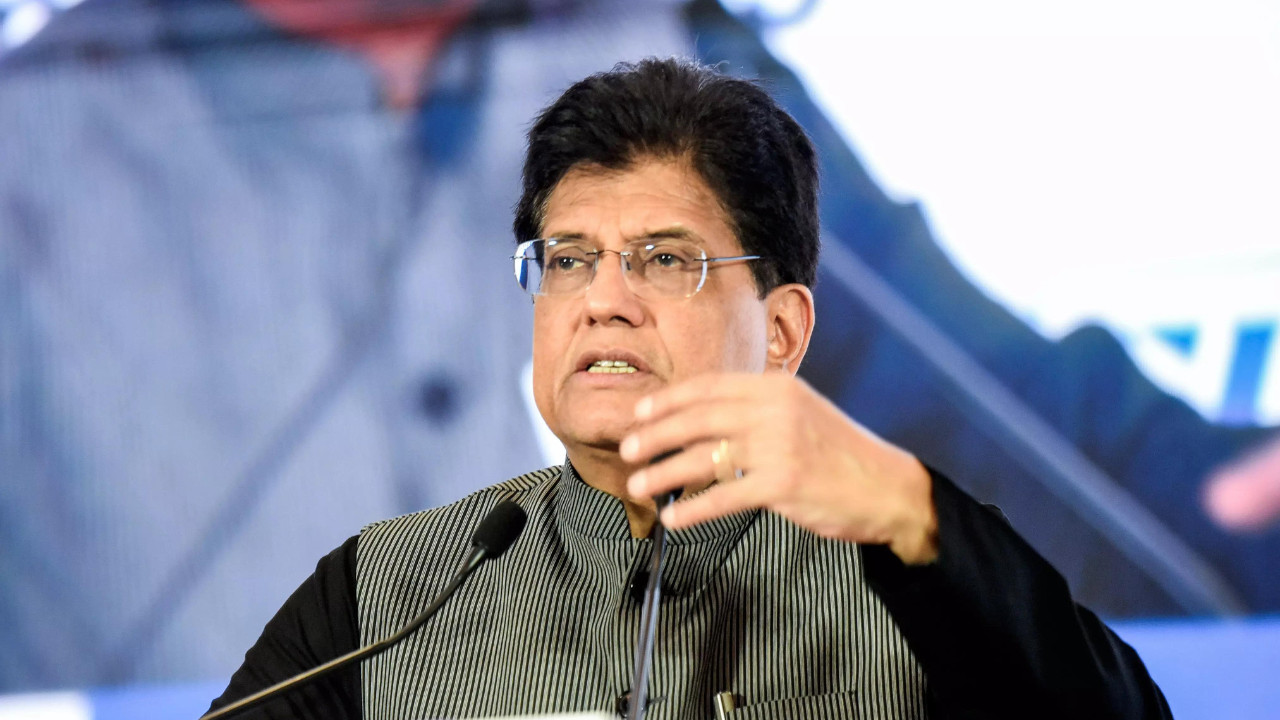India’s automobile sector is optimistic following the Reserve Bank of India’s rate cut, anticipating improved financing access and strengthened consumer sentiment. The reduction in repo rate and CRR is expected to infuse liquidity, boosting vehicle retail and supporting overall economic growth. Stakeholders believe this timely intervention will enhance affordability and spur demand in the auto industry.
Your Ride Just Got a Little Smoother: RBI’s Rate Cut and What it Means for Your Next Car
Okay, let’s talk cars. More specifically, let’s talk about buying cars. Because, let’s be honest, that dream of cruising down the open road in a shiny new set of wheels can often feel like a distant fantasy when you’re staring down the barrel of hefty loan repayments. But hold on, because there might just be some good news on the horizon.
The Reserve Bank of India (RBI), the big boss of Indian banking, just slashed the repo rate by a cool 50 basis points. Now, I know what you’re thinking: “Repo rate? Basis points? Sounds like financial jargon designed to put me to sleep.” Trust me, I get it. But stick with me, because this seemingly technical decision could actually have a real, tangible impact on your wallet.
Essentially, the repo rate is the interest rate at which the RBI lends money to commercial banks. Think of it like this: it’s the wholesale price of money. When the RBI cuts the repo rate, it becomes cheaper for banks to borrow money. And, fingers crossed, that cheaper borrowing cost should translate into lower interest rates for you when you take out a car loan.
The auto industry, understandably, is practically doing cartwheels. They’ve been grappling with a complex situation – rising input costs, fluctuating fuel prices, and cautious consumer spending. This rate cut, in their eyes, is like a shot of adrenaline to a sluggish market. They’re betting that it’ll entice more people to finally take the plunge and buy that car they’ve been eyeing.
And they might be right. Lower interest rates mean lower monthly installments, which makes car ownership suddenly more affordable for a wider range of people. That dream car that seemed just out of reach? It might be a little bit closer now.
Think about it: those few percentage points shaved off your loan can translate to significant savings over the life of the loan. You could potentially save enough to upgrade to a higher model, or maybe even finally splurge on that fancy sound system you’ve always wanted. (Hey, a good road trip deserves a good soundtrack, right?)
But, before you rush out to the nearest dealership and sign on the dotted line, let’s pump the brakes for a second. There are a few things to keep in mind.
Firstly, just because the RBI has cut the repo rate doesn’t automatically guarantee that all banks will immediately slash their lending rates. They might take a wait-and-see approach, or they might only pass on a portion of the benefit to consumers. It’s always wise to shop around, compare rates from different banks, and negotiate the best deal possible. Don’t be afraid to haggle!
Secondly, the repo rate cut is just one piece of the puzzle. The overall economic climate, your credit score, and the specific model of car you’re buying will all play a role in determining the final interest rate you receive. A stellar credit history, for example, will always give you more leverage.
And finally, don’t let the excitement of a lower interest rate cloud your judgment. Buying a car is a big decision, and it’s important to do your research, consider your needs, and make sure you can comfortably afford the monthly payments, even if interest rates were to creep back up slightly in the future. Think long-term affordability, not just short-term savings.
Ultimately, the RBI’s decision is a welcome development for the auto industry and potential car buyers alike. It injects a sense of optimism into the market and could potentially unlock pent-up demand. Whether it translates into a significant surge in car sales remains to be seen, but it’s undoubtedly a step in the right direction.
So, what does this all mean for you? Well, if you’ve been thinking about buying a car, now might be a good time to start doing your homework. Compare models, explore financing options, and keep an eye on interest rates. You might just find that the road to your dream car is a little smoother than you thought.
And hey, even if you’re not in the market for a new car right now, it’s always good to be aware of how these broader economic decisions can impact your wallet. After all, understanding the mechanics of the economy can empower you to make smarter financial decisions in the long run.
Now, if you’ll excuse me, I’m off to browse some car listings. Just research, of course… definitely not dreaming. 😉
📬 Stay informed — follow us for more insightful updates!







